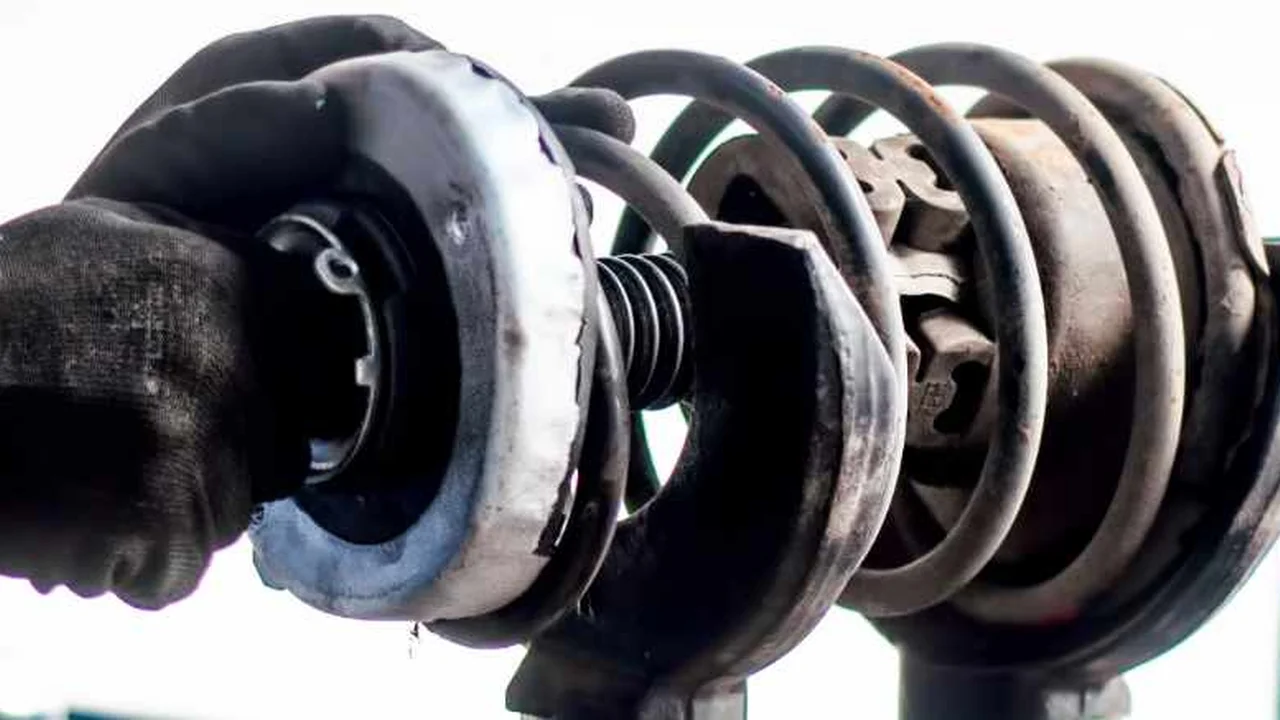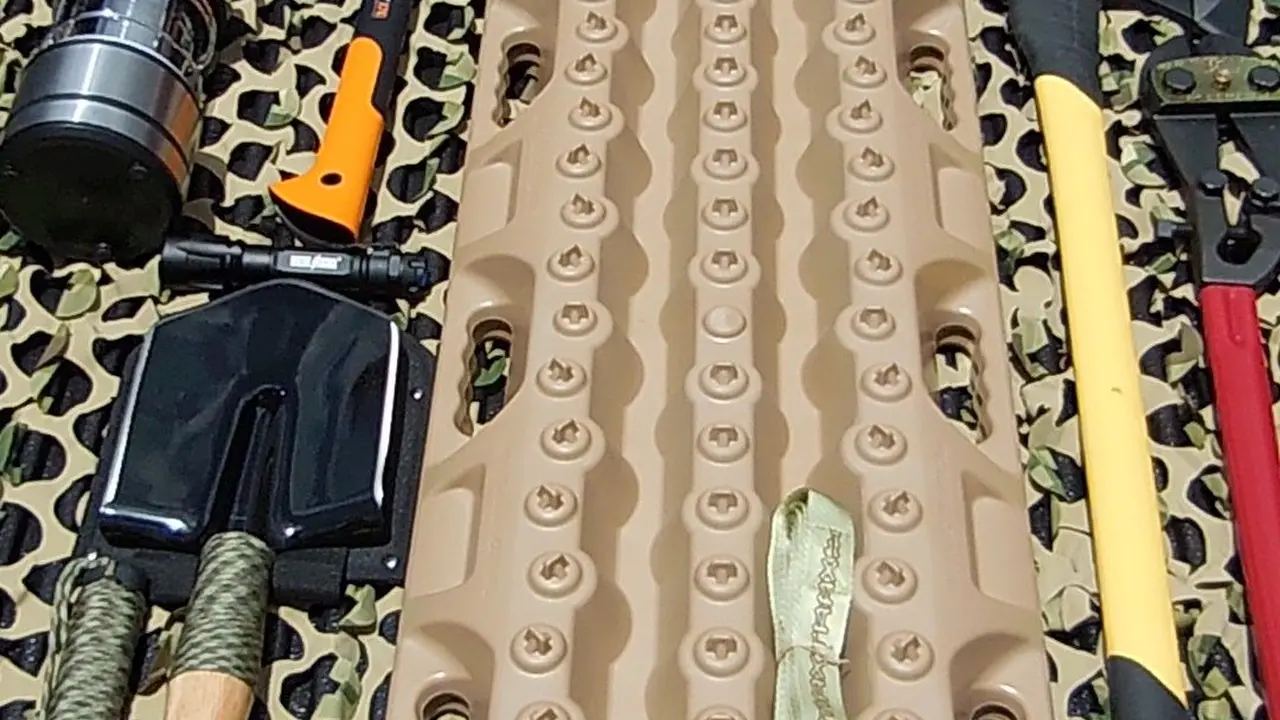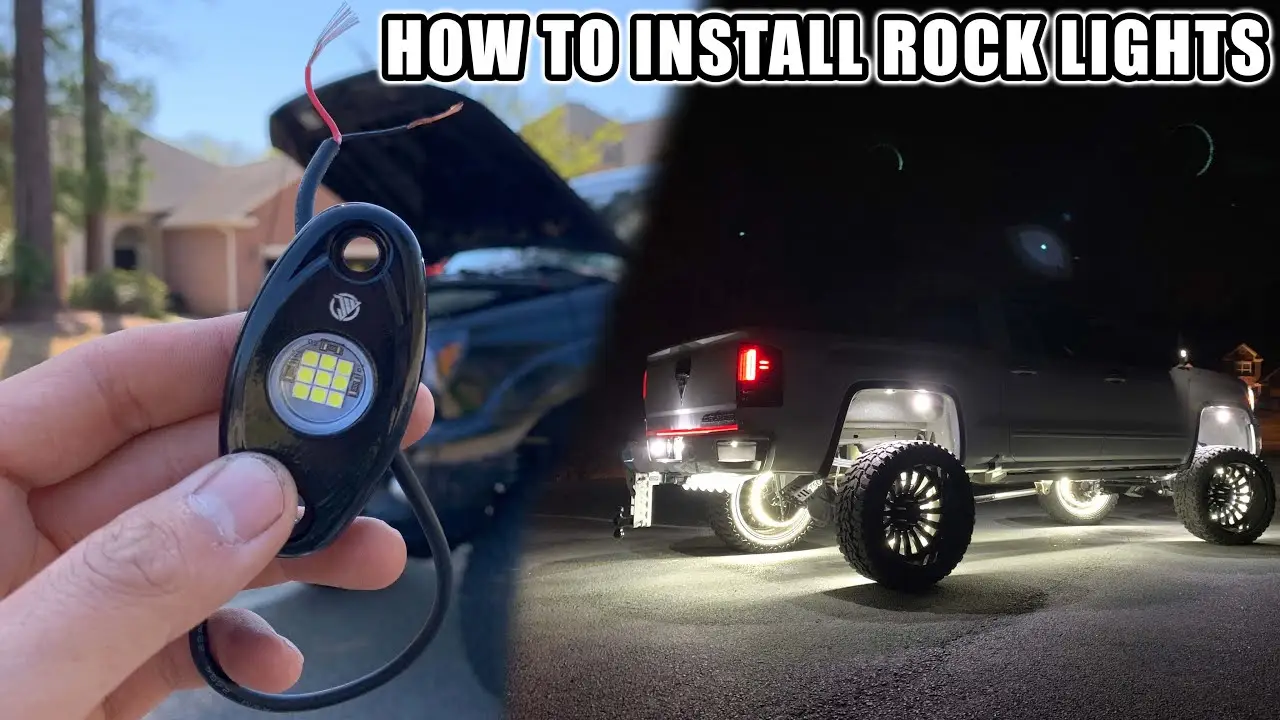5 Common Suspension Problems & How to Fix Them

Off-roading can take a toll on your suspension. Learn about 5 common suspension problems and how to fix them. Keep your vehicle running smoothly and safely on the trails. Prevent costly repairs with our helpful troubleshooting tips.
Introduction to Off-Road Suspension Issues
Alright, let's talk about suspension. You're out there tearing it up on the trails, pushing your rig to its limits. But all that bouncing, rocking, and rolling takes a toll. Your suspension is the unsung hero, soaking up the bumps and keeping your tires planted. But like any hardworking component, it's prone to issues. Ignoring these problems can lead to a rough ride, poor handling, and even dangerous situations. So, let's dive into some common suspension woes and how to tackle them head-on. We'll cover everything from diagnosing the problem to recommending specific products and their uses.
H2: Common Suspension Problem 1: Worn Shocks and Struts (Shock Absorber Problems)
Worn shocks and struts are probably the most common suspension problem you'll encounter. These components are responsible for damping the movement of your suspension, preventing excessive bouncing and body roll. Over time, the internal fluid in shocks and struts can degrade, seals can leak, and the overall performance diminishes. This leads to a bouncy, uncontrolled ride, especially over rough terrain. Plus, it can negatively impact braking performance and tire wear.
How to Diagnose Worn Shocks and Struts
There are a few telltale signs of worn shocks and struts:
- Excessive Bouncing: If your vehicle continues to bounce several times after hitting a bump, your shocks are likely worn.
- Leaking Fluid: Check your shocks and struts for signs of fluid leakage. This indicates a failed seal and a loss of damping ability.
- Nose Diving During Braking: If your vehicle's front end dips excessively when you brake, your front shocks or struts may be worn.
- Uneven Tire Wear: Worn shocks can cause your tires to bounce unevenly, leading to cupping or scalloping.
- Poor Handling: Your vehicle may feel unstable or wander on the road, especially during turns.
How to Fix Worn Shocks and Struts
The fix is pretty straightforward: replace the worn shocks and struts. Here are a few recommendations:
- Bilstein 5100 Series: A popular choice for off-road enthusiasts, the Bilstein 5100 series offers excellent performance and durability. They're designed for lifted vehicles and provide improved damping compared to stock shocks. Expect to pay around $100-$150 per shock. Ideal for Jeeps and trucks that see a mix of on- and off-road use.
- Fox 2.0 Performance Series: For those seeking a higher level of performance, the Fox 2.0 Performance Series shocks are a great option. They feature a smooth-bore, seamless alloy body and offer improved heat dissipation. These are more expensive, typically around $200-$300 per shock. Best for serious off-roaders who demand top-notch performance.
- Monroe Reflex Truck Shocks: If you're on a budget, Monroe Reflex Truck Shocks offer a decent upgrade over stock shocks. They provide improved ride control and stability. These are a more affordable option, typically around $50-$80 per shock. A good choice for daily drivers who occasionally venture off-road.
H2: Common Suspension Problem 2: Sagging Springs (Coil Spring Issues)
Springs are responsible for supporting the weight of your vehicle and maintaining ride height. Over time, especially with heavy loads or frequent off-roading, springs can sag or weaken. This leads to a lower ride height, reduced ground clearance, and a harsher ride.
How to Diagnose Sagging Springs
- Lower Ride Height: Measure the distance from the ground to the fender wells. Compare this measurement to the factory specifications. A significant difference indicates sagging springs.
- Uneven Stance: If one side of your vehicle sits lower than the other, it could be due to a broken or sagging spring on that side.
- Bottoming Out: If your suspension frequently bottoms out over bumps, your springs may be too weak to support the load.
- Poor Handling: Sagging springs can negatively impact handling and stability, especially during cornering.
How to Fix Sagging Springs
The solution is to replace the sagging springs. Here are some options:
- Old Man Emu (OME) Springs: OME springs are known for their quality and durability. They offer a range of spring rates to suit different vehicle weights and driving styles. Expect to pay around $150-$250 per spring. Great for overlanders and those who frequently carry heavy loads.
- Deaver Leaf Springs: If you have leaf springs (common on older trucks and some SUVs), Deaver is a top choice. They offer custom-tuned leaf springs for improved off-road performance and ride quality. Prices vary depending on the application, but typically range from $500-$1000 per set. Ideal for those seeking maximum articulation and performance.
- Coil Spring Spacers: For a temporary or budget-friendly solution, you can use coil spring spacers to restore ride height. However, this doesn't address the underlying issue of worn springs and can negatively impact ride quality. Expect to pay around $50-$100 per pair. A decent option for a quick fix, but not a long-term solution.
H2: Common Suspension Problem 3: Worn Ball Joints (Ball Joint Replacement)
Ball joints are spherical bearings that connect the suspension components to the wheel hub. They allow for movement in multiple directions, enabling the wheels to steer and move up and down. Over time, ball joints can wear out, leading to loose steering, vibrations, and even dangerous situations.
How to Diagnose Worn Ball Joints
- Clunking Noise: A clunking or rattling noise coming from the suspension when going over bumps or turning can indicate worn ball joints.
- Loose Steering: Your steering may feel loose or vague, and you may experience excessive play in the steering wheel.
- Vibrations: Vibrations in the steering wheel or floorboard can be a sign of worn ball joints.
- Tire Wear: Worn ball joints can cause uneven tire wear, particularly on the inside or outside edges of the tires.
- Play in the Ball Joint: Use a pry bar to check for excessive play in the ball joint. If you can move the ball joint significantly, it's likely worn.
How to Fix Worn Ball Joints
Replace the worn ball joints. Here are a few brands to consider:
- Moog Ball Joints: Moog is a well-known brand for quality replacement parts. Their ball joints are durable and offer excellent performance. Expect to pay around $50-$100 per ball joint. A solid choice for a reliable replacement.
- Spicer Ball Joints: Spicer is another reputable brand that manufactures ball joints for various applications. Their ball joints are known for their strength and longevity. Prices are similar to Moog, around $60-$120 per ball joint. A good option for heavy-duty applications.
- Rough Country Ball Joints: If you're looking for a more affordable option, Rough Country offers ball joints at a lower price point. However, keep in mind that the quality may not be as high as Moog or Spicer. Expect to pay around $30-$60 per ball joint. Consider these for budget builds or lighter off-road use.
H2: Common Suspension Problem 4: Damaged Bushings (Control Arm Bushing Problems)
Bushings are rubber or polyurethane components that cushion the connection points between suspension parts. They absorb vibrations and allow for controlled movement. Over time, bushings can crack, dry rot, or become worn, leading to noise, vibration, and poor handling.
How to Diagnose Damaged Bushings
- Squeaking Noise: A squeaking or creaking noise coming from the suspension, especially when going over bumps, can indicate worn bushings.
- Vibration: Excessive vibration in the steering wheel or floorboard can be a sign of damaged bushings.
- Poor Handling: Your vehicle may feel unstable or wander on the road, especially during turns.
- Visual Inspection: Inspect the bushings for cracks, tears, or excessive wear.
How to Fix Damaged Bushings
Replace the damaged bushings. You have a few options:
- Energy Suspension Polyurethane Bushings: Polyurethane bushings are more durable than rubber bushings and offer improved performance. Energy Suspension is a popular brand for polyurethane bushings. Expect to pay around $20-$50 per bushing. A great upgrade for improved handling and durability.
- Prothane Polyurethane Bushings: Prothane is another reputable brand for polyurethane bushings. Their bushings are known for their quality and performance. Prices are similar to Energy Suspension. Another excellent choice for polyurethane upgrades.
- OEM Replacement Bushings: If you prefer to stick with rubber bushings, you can purchase OEM replacement bushings. These are typically less expensive than polyurethane bushings but may not last as long. Prices vary depending on the vehicle. A good option for restoring the original ride quality.
H2: Common Suspension Problem 5: Bent or Damaged Control Arms (Control Arm Replacement)
Control arms are suspension links that connect the wheel hub to the vehicle's frame. They control the movement of the suspension and maintain proper wheel alignment. Control arms can be bent or damaged by impacts, especially during off-roading. This can lead to poor handling, uneven tire wear, and potential safety hazards.
How to Diagnose Bent or Damaged Control Arms
- Visual Inspection: Inspect the control arms for any signs of bending, cracking, or damage.
- Uneven Tire Wear: Bent control arms can cause uneven tire wear, particularly on the inside or outside edges of the tires.
- Poor Alignment: Your vehicle may be difficult to align properly if the control arms are bent.
- Handling Issues: Your vehicle may feel unstable or wander on the road, especially during turns.
How to Fix Bent or Damaged Control Arms
Replace the bent or damaged control arms. Here are some options:
- Aftermarket Upper Control Arms (UCAs): Especially for lifted vehicles, aftermarket UCAs can improve suspension geometry and allow for proper alignment. Brands like JKS Manufacturing and Icon Vehicle Dynamics offer high-quality UCAs. Expect to pay around $400-$800 per pair. A worthwhile upgrade for lifted vehicles.
- OEM Replacement Control Arms: You can also purchase OEM replacement control arms from your vehicle's manufacturer. These are typically more expensive than aftermarket options but offer guaranteed fit and quality. Prices vary depending on the vehicle. A good option for restoring the original suspension geometry.
- Reinforced Control Arms: For serious off-roaders, reinforced control arms offer increased strength and durability. These are typically made from thicker steel and feature stronger welds. Expect to pay a premium for these, typically $500-$1000 per pair. Ideal for those who frequently tackle challenging terrain.
By understanding these common suspension problems and how to fix them, you can keep your off-road rig running smoothly and safely. Remember to regularly inspect your suspension components and address any issues promptly to prevent costly repairs and ensure a enjoyable off-road experience. Get out there and conquer those trails!
:max_bytes(150000):strip_icc()/277019-baked-pork-chops-with-cream-of-mushroom-soup-DDMFS-beauty-4x3-BG-7505-5762b731cf30447d9cbbbbbf387beafa.jpg)






